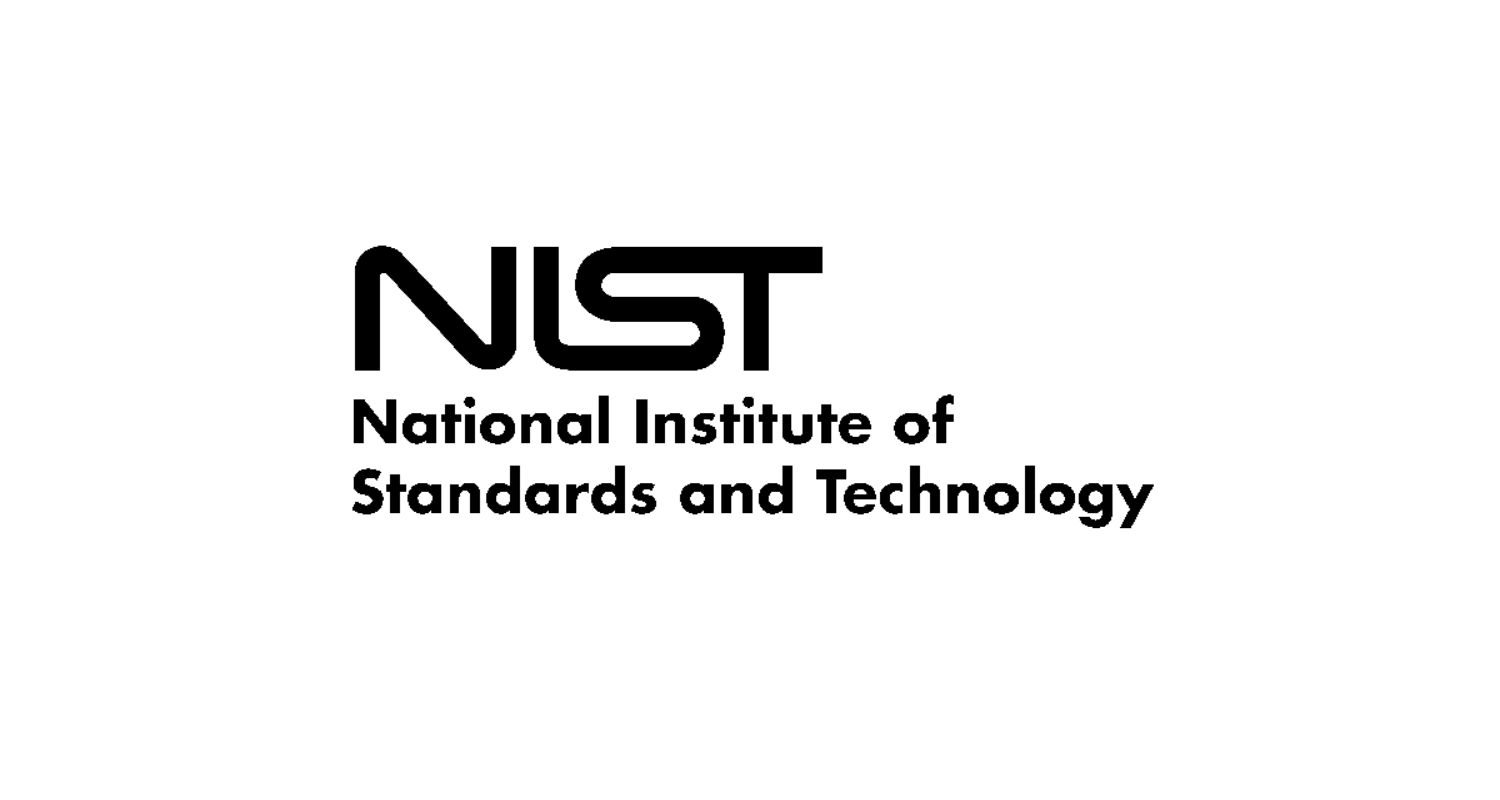Are you aware of the most crucial cybersecurity regulations you must comprehend by 2024? Understanding and implementing these standards is essential for safeguarding sensitive data, reducing risks, and guaranteeing compliance with industry best practices as the digital world changes.
It is essential to comprehend and put into practice the leading cybersecurity standards and procedures in 2024. Notable ones include ISO 27000 series, NIST standards, COBIT framework, and industry-specific standards like FFIEC, FISMA, HIPAA, CMMC 2.0, Essential 8, and Cyber Essentials. Continue reading to find out more about these cybersecurity standards.
In 2024, the importance of cybersecurity has grown to previously unheard-of levels because of the evolving digital threat environment. The protection of digital assets must be given top priority since fraudsters’ techniques are constantly changing as technology advances. Organizations and individuals must understand the necessity for updated cybersecurity standards to protect sensitive data and uphold trust in a world that is becoming more linked. Let us read on to know about the Cybersecurity standards.
See Also: 5 Dark Web Hacking Forums [2024]
The Role of Cybersecurity Standards
Cybersecurity standards considerably aid a proactive approach to cybersecurity. These guidelines provide a structure and instructions on how to put up dependable security measures, identify vulnerabilities, and successfully decrease risks for enterprises and individuals. They represent an active cybersecurity approach that enables all stakeholders to anticipate potential threats and take appropriate action before they have a negative effect.
The most important cybersecurity standards in today’s connected world are national and international. Domestic standards, developed at the national level, ensure that companies follow the laws and rules particular to their country. They preserve uniformity within a given jurisdiction and provide a starting point for cybersecurity processes. However, worldwide norms and rules must exist to collaborate and harmonize globally. They facilitate sharing best practices, foster interoperability and enable effective international collaboration. Two comprehensive frameworks from international standards that enterprises may use to improve their cybersecurity posture are the NIST Cybersecurity Framework and ISO/IEC 27001 for information security management systems.
However, worldwide norms and rules must exist to collaborate and harmonize globally. They facilitate sharing best practices, foster interoperability and enable effective international collaboration. Two comprehensive frameworks from international standards that enterprises may use to improve their cybersecurity posture are the NIST Cybersecurity Framework and ISO/IEC 27001 for information security management systems.
Businesses may develop a security culture, show stakeholders and partners how committed they are to protecting sensitive data, and achieve the abovementioned objectives by adhering to cybersecurity standards. Additionally, standards offer universal review and certification processes, enabling businesses to assess their cybersecurity practices against recognized industry standards. Collaborating with a reliable Toronto IT company like F12.net can help organizations implement these standards effectively, ensuring robust cybersecurity measures.
Cybersecurity standards are essential for proactive cybersecurity initiatives. They provide a structured approach to managing risks, ensuring compliance with legal and regulatory requirements, and fostering international cooperation. By embracing these standards, organizations can strengthen their defenses and reduce the likelihood of successful cyberattacks.
Top Cybersecurity Standards and Frameworks in 2023
Let us see some of the top cybersecurity standards and frameworks in 2023.
ISO 27000 Series
The ISO 27000 set of international standards includes guidelines that provide an extensive framework for information security management systems (ISMS). The standards in this series that stand out include ISO 27007:2020, ISO 27014:2020, and ISO 27032:2012.
Following ISO 27007:2020, an organization’s information security controls are audited, guided, and carried out internally and externally. It provides guidelines for the best practices to follow when organizing, carrying out, and reporting audits, assisting businesses in determining their security measures’ success.
ISO 27014:2020 addresses information security governance, providing guidelines for establishing and maintaining a practical governance framework. It focuses on the significance of senior management engagement, risk management, and the integration of information security into general business operations.
Focused on cybersecurity best practices is ISO 27032:2012. It provides direction for implementing procedures, rules, and controls to improve cybersecurity in cyberspace. This standard highlights the necessity for stakeholder engagement and coordination to mitigate cyber hazards successfully.
These ISO standards are significant in information security as they offer a globally recognized and widely adopted framework for organizations to manage and protect their information assets. Compliance with ISO 27000 series standards demonstrates an organization’s commitment to information security and helps establish trust with customers, partners, and stakeholders.
NIST Standards
NIST SP 800-53 Rev 5 and the NIST Cybersecurity Framework (CSF) are two of the many cybersecurity standards and frameworks that the National Institute of Standards and Technology (NIST) creates and maintains.
It provides comprehensive security measures for government organizations and information systems because the themes of system and communications protection, access control, incident response, and other security issues are covered. Governmental organizations commonly use this standard, and the commercial sector can also gain from it.
The optional NIST Cybersecurity Framework provides an adaptable method for managing and improving an organization’s cybersecurity posture. It consists of essential duties, teams, and divisions. It assists organizations in recognizing, thwarting, detecting, responding to, and recovering from cyber-attacks. Therefore, Businesses widely use the framework from various sectors as a manual for controlling cybersecurity risk.
NIST SP 800-53 Rev 5 and the NIST Cybersecurity Framework greatly aid information security for companies and the government. To successfully handle cybersecurity concerns, they provide firms with helpful advice, best practices, and a shared language.
COBIT Framework
A widely used framework for the governance and management of company IT is called the Control Objectives for Information and Related Technologies (COBIT) framework. The thorough guidance for cybersecurity audits is included despite it being more than just focused on cybersecurity.
To achieve efficient IT governance and risk management, businesses can adopt a set of control goals and management practices from COBIT because It assists businesses in managing risks associated with IT, optimizing IT resources, and coordinating IT operations with business objectives.
COBIT provides a strong framework for evaluating an organization’s cybersecurity controls, procedures, and policies in the context of cybersecurity audits. It guides developing control objectives, planning control actions, and assessing the success of those operations. Therefore, COBIT’s versatility makes it a valuable tool for auditors. It allows them to determine an organization’s cybersecurity posture by established standards.
FFIEC Information Security Work Program
A thorough collection of regulations and standards especially created for the banking and finance industries is the Federal Financial Institutions Examination Council (FFIEC) Information Security Work Program. Financial firms can use its framework to evaluate and control information security threats.
The FFIEC Information Security Work Program covers various areas, including risk management, security awareness training, access controls, and incident response. It helps financial institutions establish a robust information security program and comply with regulatory requirements.
The FFIEC Information Security Work Program is vital to safeguarding financial data, protecting clients, and ensuring stability in the banking and finance industries.
See Also: Avast User Interface Blank: How To Resolve This Issue
Other Notable Standards
Several more noteworthy standards need inclusion in addition to the cybersecurity frameworks and standards previously mentioned:
- Federal Information Security Modernization Act (FISMA): FISMA is a US federal law that mandates strong security measures. It safeguards government data and IT systems through the implementation of an information security program.
- Health Insurance Portability and Accountability Act (HIPAA): A law in the US that lays out rules for protecting people’s medical records and private health information. To ensure the confidentiality, integrity, and availability of sensitive patient data, healthcare organizations must implement safety measures.
- Certification for Cybersecurity Maturity Model (CMMC) 2.0: A cybersecurity standard called CMMC was created for contractors working with the US Department of Defense (DoD). Throughout the defense supply chain, it strives to safeguard controlled unclassified information (CUI). Different levels of certification are based on the contractor’s capacity to apply particular security policies, according to the tier-based cybersecurity strategy established by CMMC.
- Essential 8: Essential 8 is a cybersecurity framework developed by the Australian Cyber Security Centre (ACSC) because It provides guidelines for mitigating the eight most common cyber threats, including patching vulnerabilities applications and restricting administrative privileges.
- Cyber Essentials: Cyber Essentials is a cybersecurity certification scheme developed by the UK government. It focuses on basic cyber hygiene and helps organizations implement essential security controls to prevent common cyber-attacks. It is particularly relevant for small and medium-sized enterprises (SMEs) looking to improve their cybersecurity posture.
These standards address specific industry requirements and regulatory obligations, providing organizations with guidance and best practices to enhance cybersecurity and protect sensitive information.
The Importance of Compliance with Standards
Compliance with cybersecurity standards is of paramount importance for organizations. Standards are crucial in policy creation, program development, and audits, ensuring organizations establish effective cybersecurity management practices.
Regarding policy creation, standards provide a foundation for developing comprehensive and robust cybersecurity policies and procedures. They offer guidance on the specific controls, processes, and best practices organizations should implement to protect their systems and data. Organizations can effectively mitigate cybersecurity risks by aligning their policies with recognized industry standards. Also, implement ZTNA solutions as it is a cybersecurity solution that implements a zero trust framework, which means it doesn’t trust any connection by default and enforces strict checks at each access step. The access provided by ZTNA is limited to applications and data files, allowing for better control and security.
Furthermore, standards play a vital role in program development. They provide organizations with a structured framework to establish and maintain a cybersecurity program that addresses potential threats and vulnerabilities. Therefore, Standards outline the steps for risk assessment, incident response planning, employee training, and ongoing monitoring and evaluation. By following these guidelines, organizations can build a holistic cybersecurity program that is proactive, adaptable, and capable of mitigating emerging threats.
Observing cybersecurity standards shows a company’s dedication to efficient cybersecurity management. Customers, partners, and other stakeholders receive a clear message that the company takes cybersecurity seriously and has taken steps to secure critical data. Compliance may improve an organization’s reputation and foster trust, particularly in industries where data privacy and security are crucial, including banking, healthcare, and government.
Standards aid in audits and assessments by providing a benchmark for measuring cybersecurity posture. Adhering to recognized standards allows organizations to showcase their adherence to best practices, identify gaps, and improve security measures.
FAQs
Are there any industry-specific cybersecurity standards?
Yes, certain industries have specific cybersecurity standards. For example, the finance sector follows the FFIEC Information Security Work Program, while the healthcare industry complies with HIPAA. These industry-specific standards address unique security requirements and regulatory compliance within their respective sectors.
How do cybersecurity standards support incident response?
Cybersecurity standards provide guidelines for incident response planning, including detection, containment, and recovery procedures. They help organizations establish effective incident response capabilities, ensuring timely and coordinated actions in the event of a security incident.
Are there any legal or regulatory requirements for cybersecurity standards?
Yes, many nations have legislative and regulatory obligations for cybersecurity standards. For instance, the General Data Protection Regulation (GDPR) of the European Union requires enterprises to put in place suitable security measures to safeguard personal data. Adopting reputable cybersecurity standards is frequently required for compliance with such legislation.
Can small and medium-sized enterprises (SMEs) benefit from cybersecurity standards?
Absolutely. Cybersecurity standards provide SMEs with a roadmap to establish effective security measures, even with limited resources. They offer guidance on risk management, incident response, and security controls, enabling SMEs to protect their assets and demonstrate their commitment to cybersecurity.
Conclusion
The evolving cybersecurity landscape demands organizations stay updated with the latest standards to safeguard against emerging threats effectively. By reviewing and implementing standards such as ISO 27000 series, NIST, COBIT, and FFIEC, organizations can enhance their security measures and demonstrate their commitment to protecting sensitive information. Embracing these standards is crucial for maintaining a strong cybersecurity posture in an ever-changing digital world. So this is all about the top Cybersecurity Standards you should know about in 2024.
See Also: Avast Opens To A Blank White Screen: Troubleshooting Steps To Follow.

Gravit Sinha: Founder of ValidEdge, a problem-solving website, driven by his lifelong passion for fixing issues.

